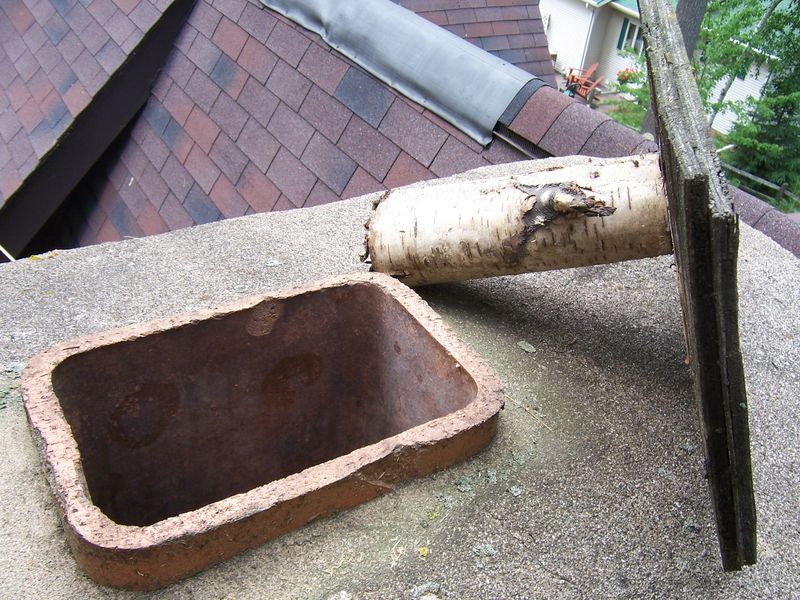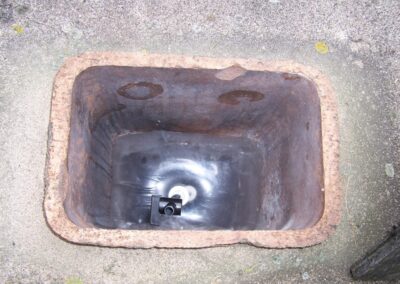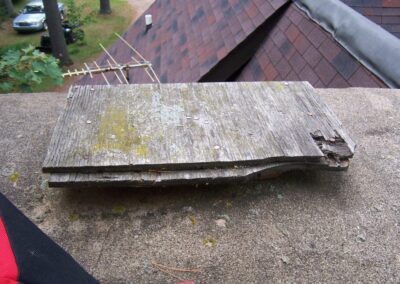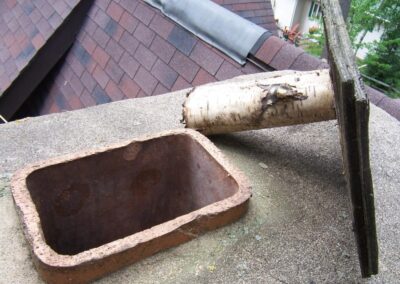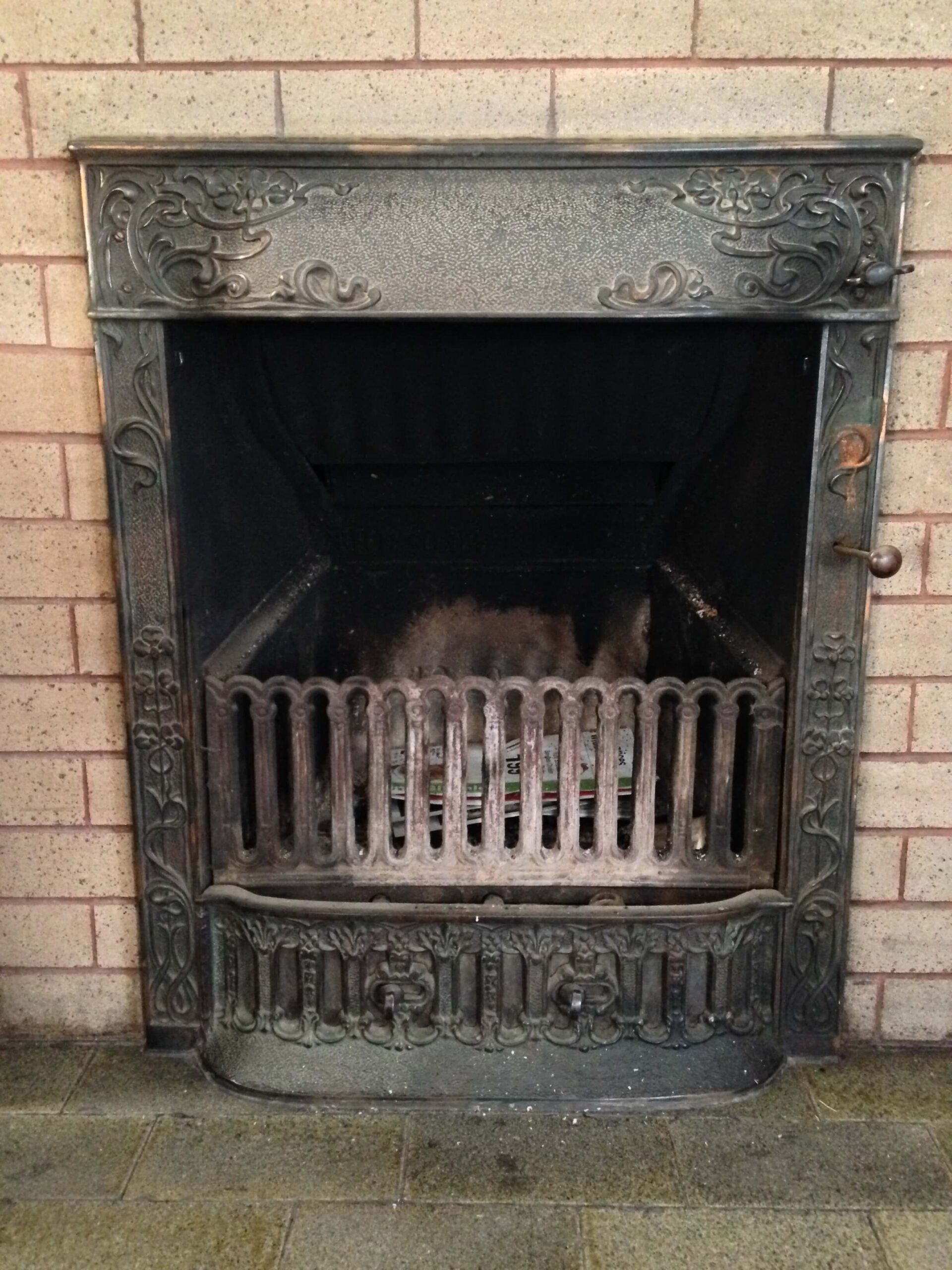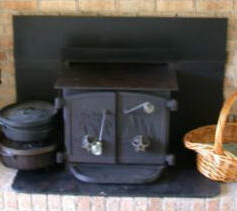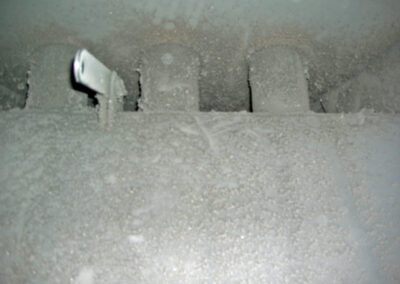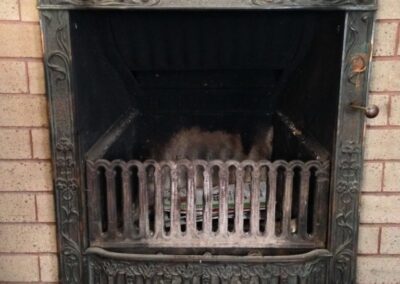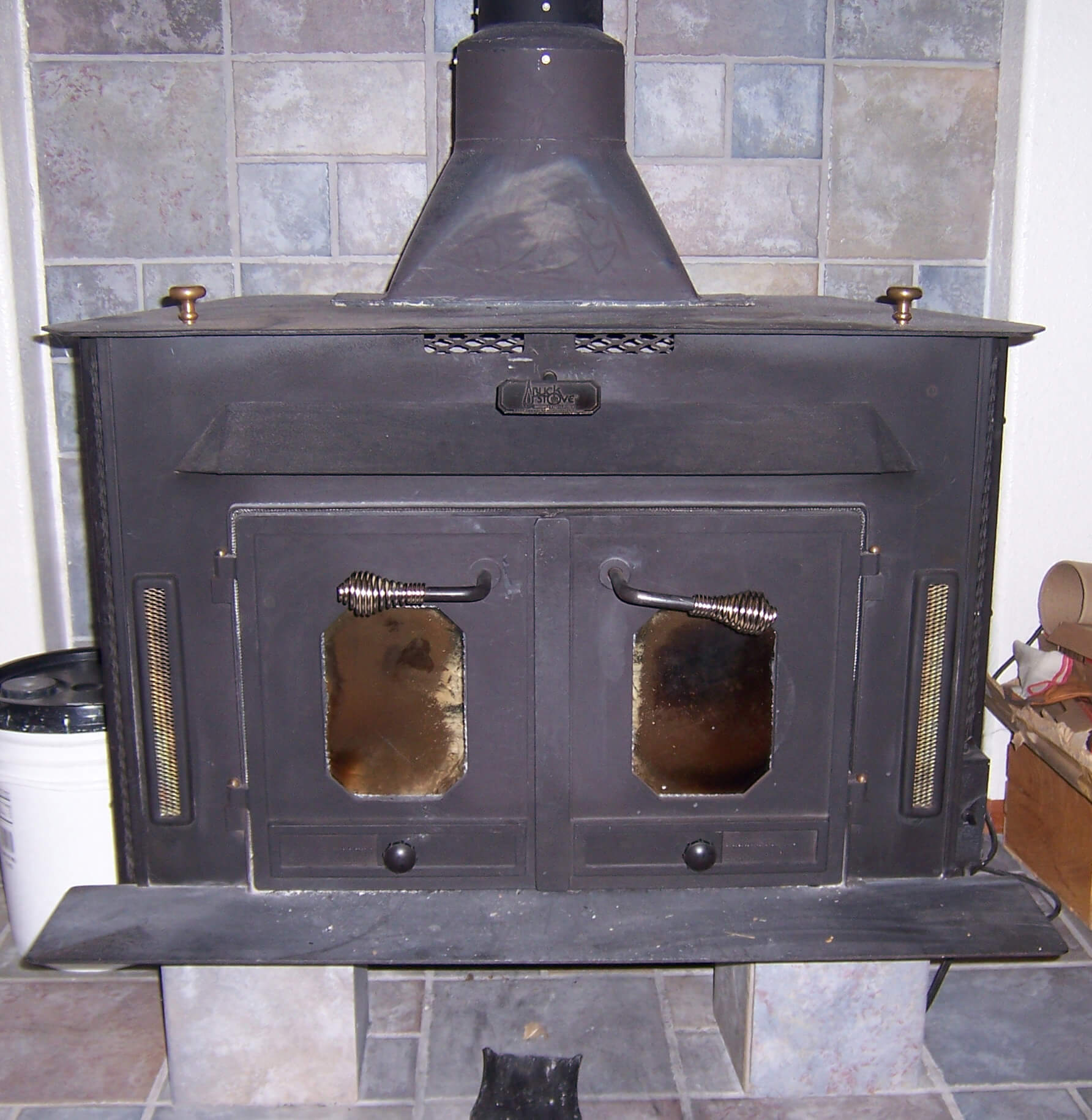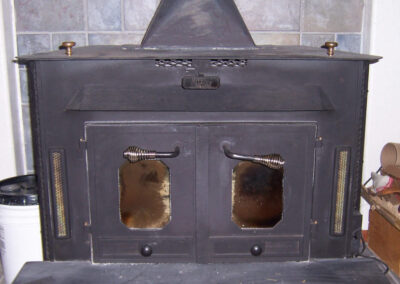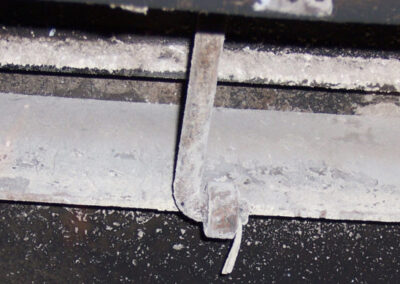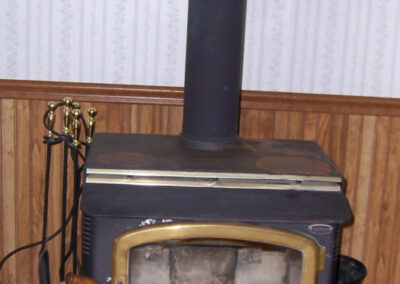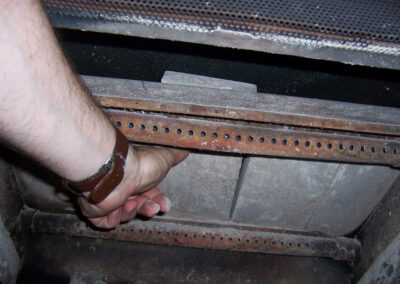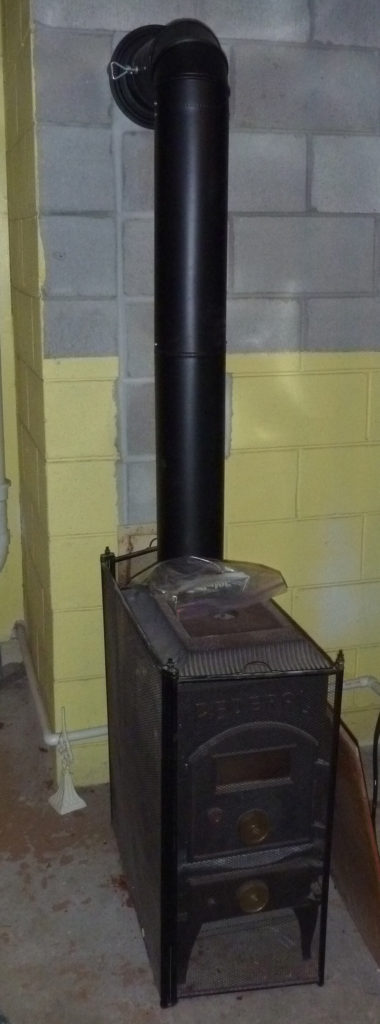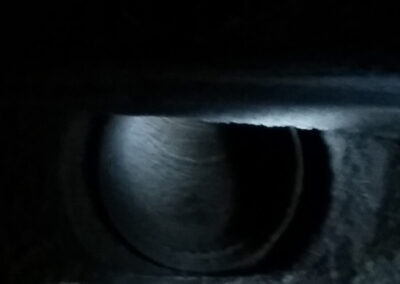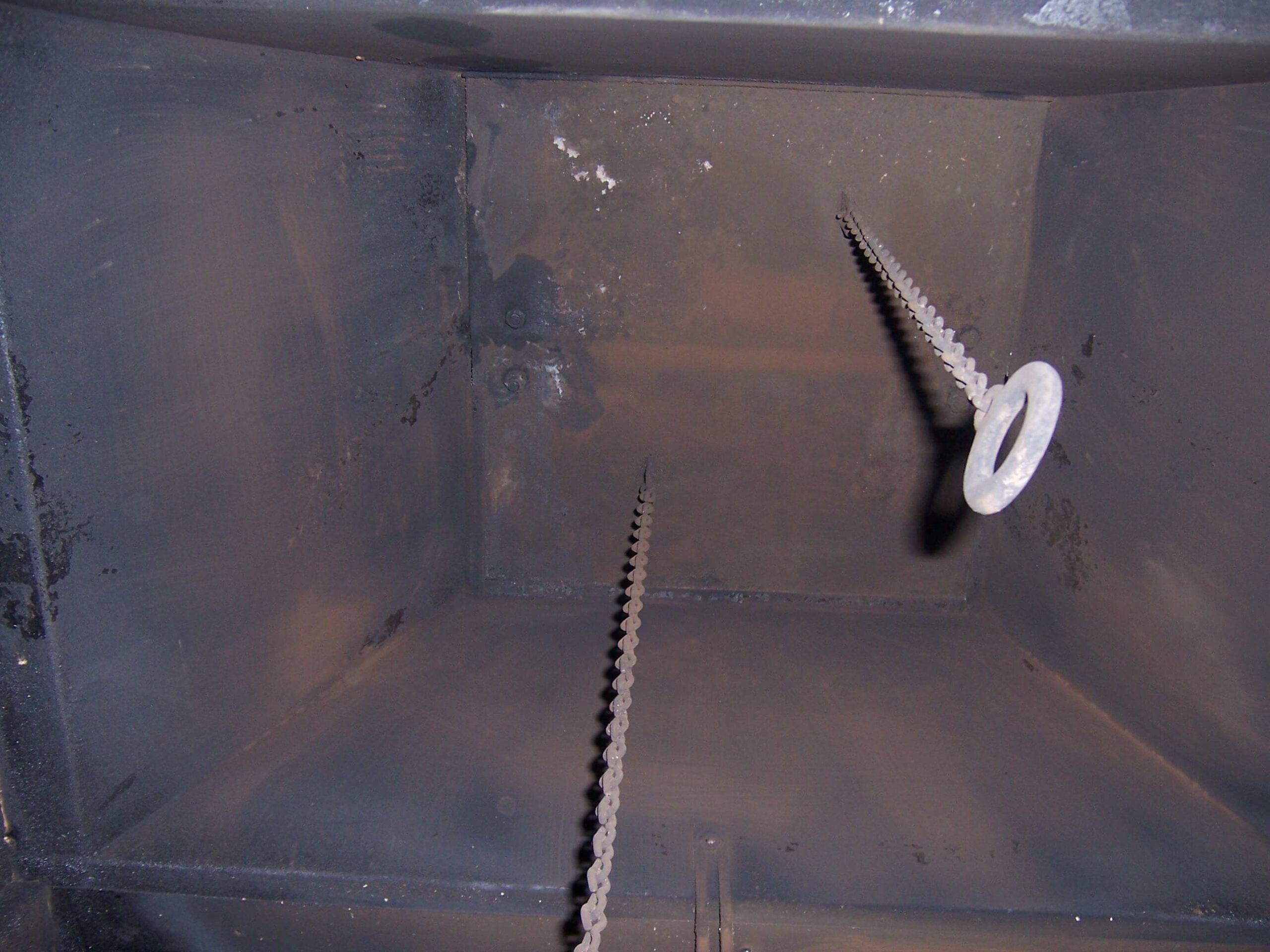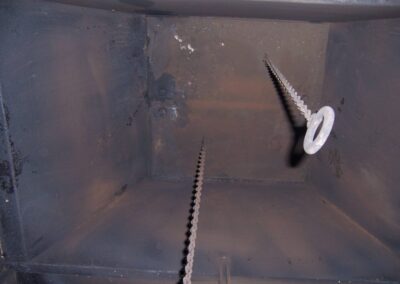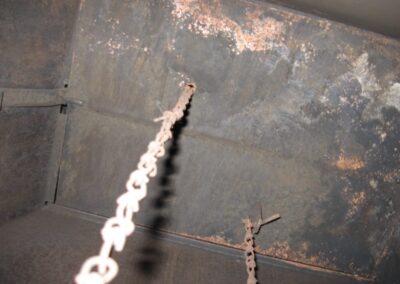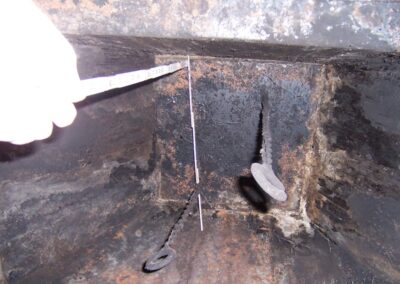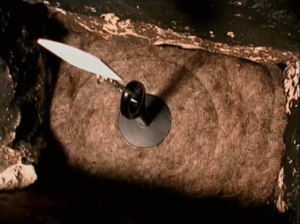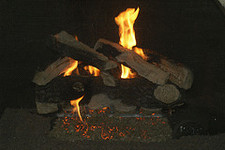
Damper restrictor
Q: I went to install my Chimney Balloon over my gas log fireplace and I found a clip that was holding my fireplace damper open. I removed it and now the damper works fine.
A: The clip you found was a damper restrictor. However, keep in mind that it is against most state codes to have a gas log fireplace without a damper restrictor in place. I would check with your county before you go and seal up with your metal damper. This is an issue that can void some homeowners insurances, so it is very important to stay within this code if it applies to your state.
The reason for this code is gas logs burn very clean and you can easily start a fire in the fireplace and forget to open the damper for quite some time while the fire burns on…This creates a buildup of carbon monoxide and heat that can start a fire (starting with your mantel) or the carbon Monoxide can overcome you and others in your home. The downside of this code is that having a damper restrictor on your damper is like having a window cracked open all year round.
If I were you I would call the County Building Code Office or call a fireplace retailer and ask them first about the codes in your area. Here is a great article on this matter: http://www.washingtongasliving.com/fireplace/installation.cfm
